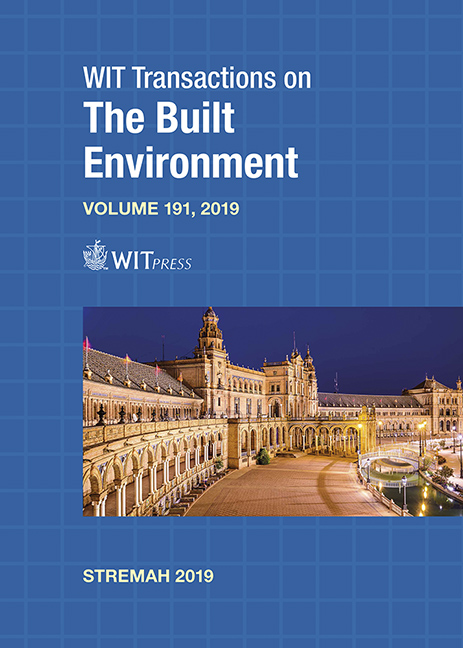BUILT HERITAGE USE AND COMPATIBILITY EVALUATION METHODS: TOWARDS EFFECTIVE DECISION MAKING
Price
Free (open access)
Transaction
Volume
191
Pages
6
Page Range
237 - 242
Published
2019
Paper DOI
10.2495/STR190201
Copyright
WIT Press
Author(s)
ANTHOULA KONSTA
Abstract
Built heritage use can be seen as both an occasion and an impediment for its conservation; while an appropriate use of built heritage is necessary for the promotion of its cultural values and for its preservation, an incompatible use or a series of interventions for the satisfaction of the user’s requirements can provoke damages and lead to its loss. During the last few years, different methodologies for use compatibility have been developed in order to measure and evaluate the impacts on cultural heritage caused by the user’s requirements, providing in this way an evidence base for decision-making. This paper provides a literature review of these methods with the purpose of analysing their different approaches, underlining their particulate aspects, and reflecting upon their possible advancement.
Keywords
built heritage use, integration of conservation and valorisation activities, building needs, user requirements, compatibility evaluation methods, efficient and effective conservation




